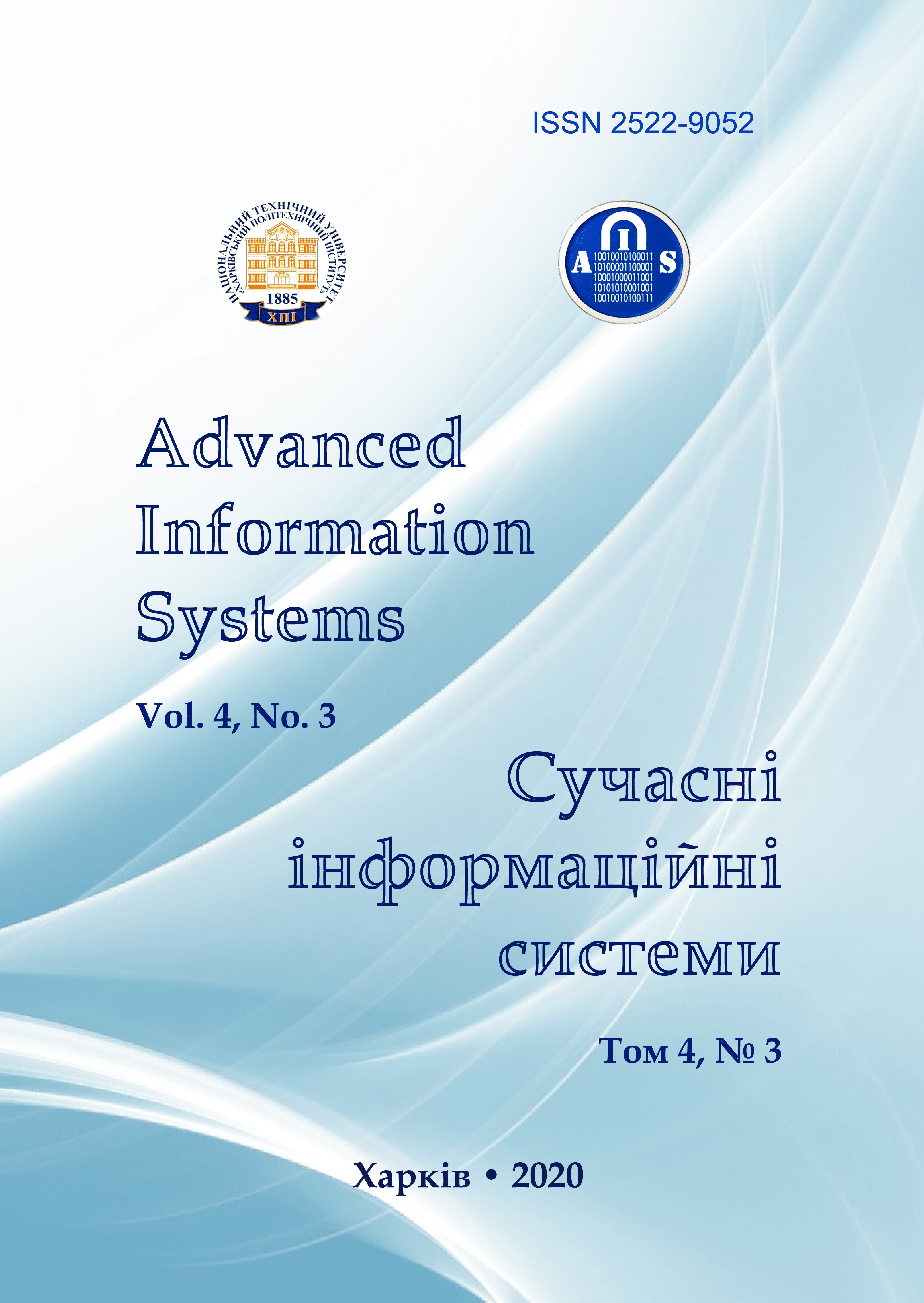Modeling the vulnerabilities validation mechanism in the active analysis of the security of corporate networks using Bernstein polynomials
Main Article Content
Abstract
Article Details
References
Obes, J., Richarte, G. and Sarraute, C. (2013), “Attack planning in the real world”, arXiv, arXiv:1306.4044, available at: https://arxiv.org/abs/1306.4044
Sarraute, C., Buffet, O. and Hoffmann, J. (2013), “Penetration testing = POMDP solving?”, arXiv, arXiv:1306.4714, available at: https://arxiv.org/abs/1306.4714
Shmaryahu, D. Shani, G. and Hoffmann J. (2017), “Partially observable contingent planning for penetration testing”, 2017 1st Int Workshop on Artificial Intelligence in Security, pp. 33-40, available at:
https://cyber.bgu.ac.il/wp-content/uploads/2017/10/IWAISe-17_paper_8-ds.pdf
Stefinko, Ya.Ya. and Piskozub, A.Z. (2017), “Theory of modern penetration testing expert system”, Information Processing Systems, Vol. 2(148), pp. 129-133, DOI: https://doi.org/10.30748/soi.2017.148.25.
Qiu, X., Wang, S., Jia, Q., Xia, C., and Lv, L. (2014), “Automatic generation algorithm of penetration graph in penetration test-ing”, Proc.of the 2014 Ninth Int. Conf. on P2P, Parallel, Grid, Cloud and Internet Computing, IEEE, P. 531-537.
Steinmetz, M. (2016), “Critical constrained planning and an application to network penetration testing”, 26th Int Conf on Auto-mated Planning and Scheduling, pp. 141-144.
Hoffman, J. (2015), “Simulated Penetration Testing: From “Dijkstra” to “Turing Test++”, ICAPS 2015 Proceedings. Published by The AAAI Press, Palo Alto, CA.
(2020), Armitage, available at: https://www.offensive-security.com/metasploit-unleashed/armitage/
(2020), Browser Market Share, available at: https://netmarketshare.com/
(2020), Operating System Market Share Ukraine, available at: https://gs.statcounter.com/os-market-share/all/ukraine
Malozyomov, V.N. (2019), On Bernstein Polynomials, Seminar "CNSA & NDO". Selected papers, 8 p.
